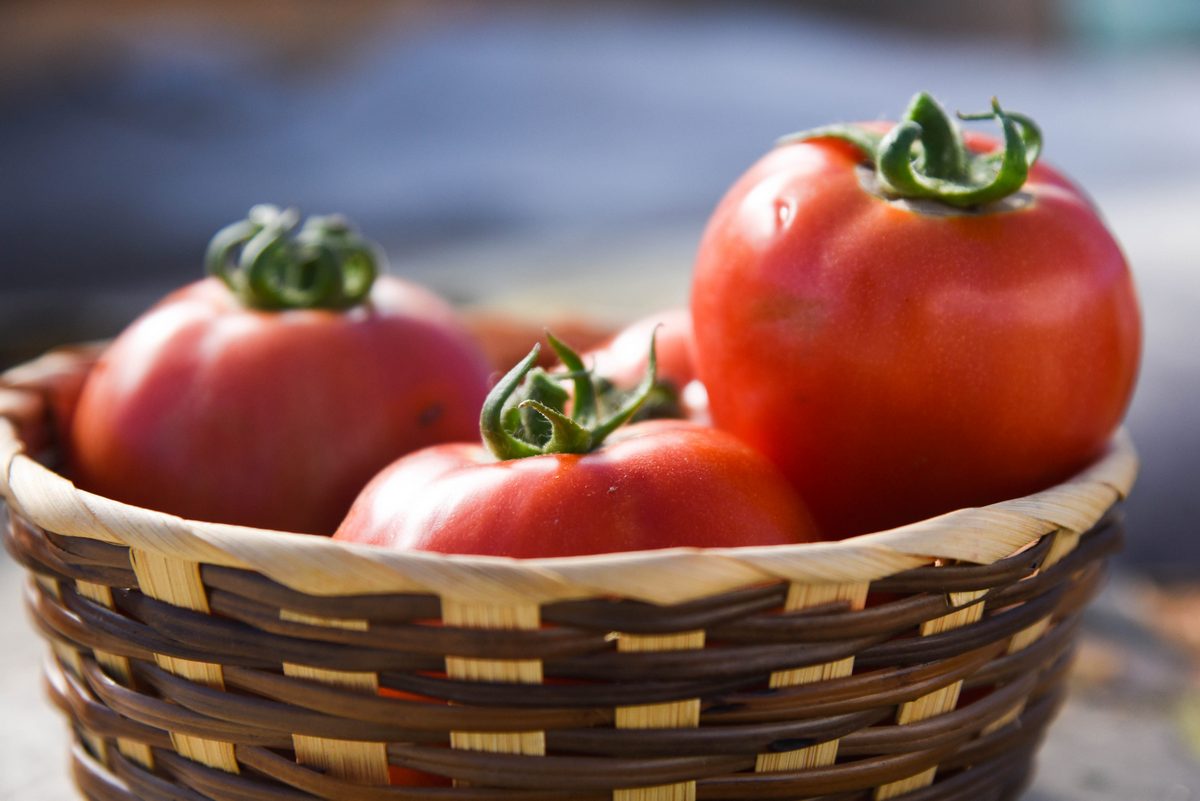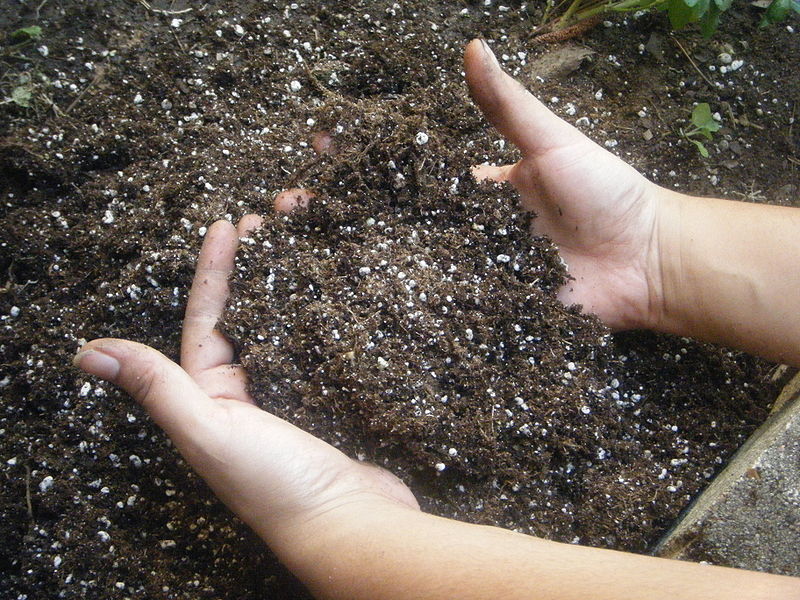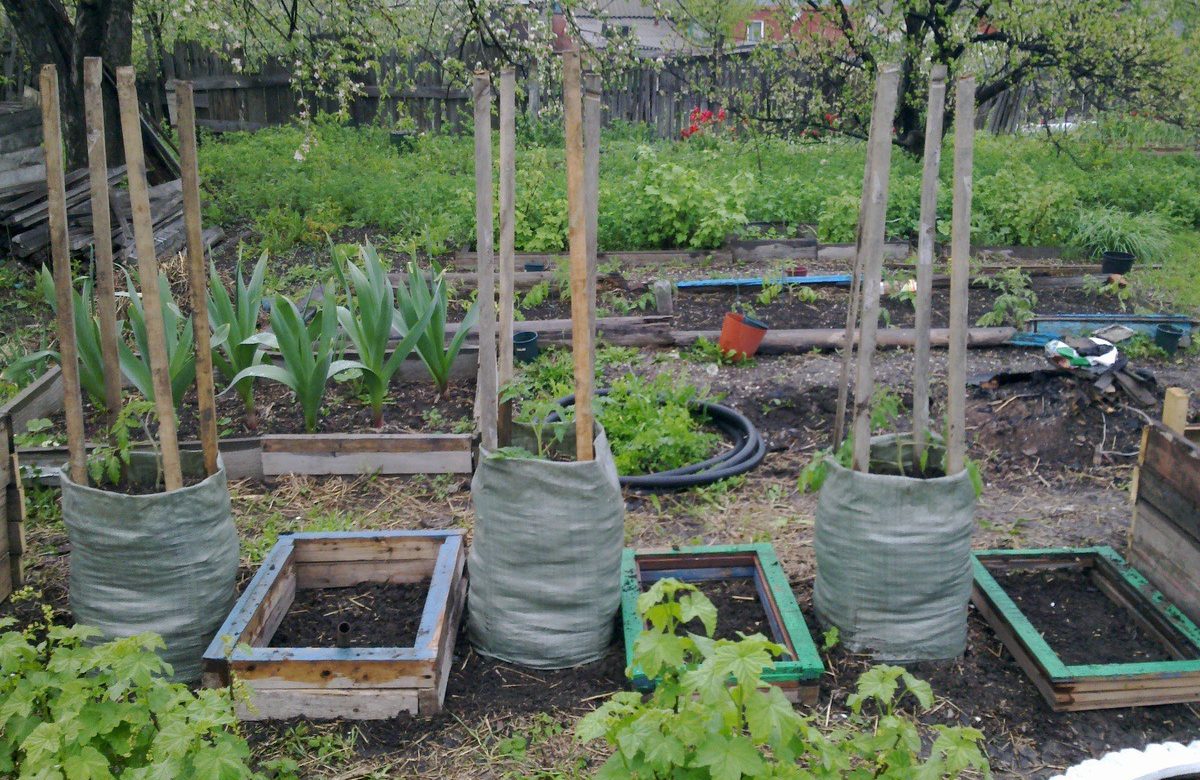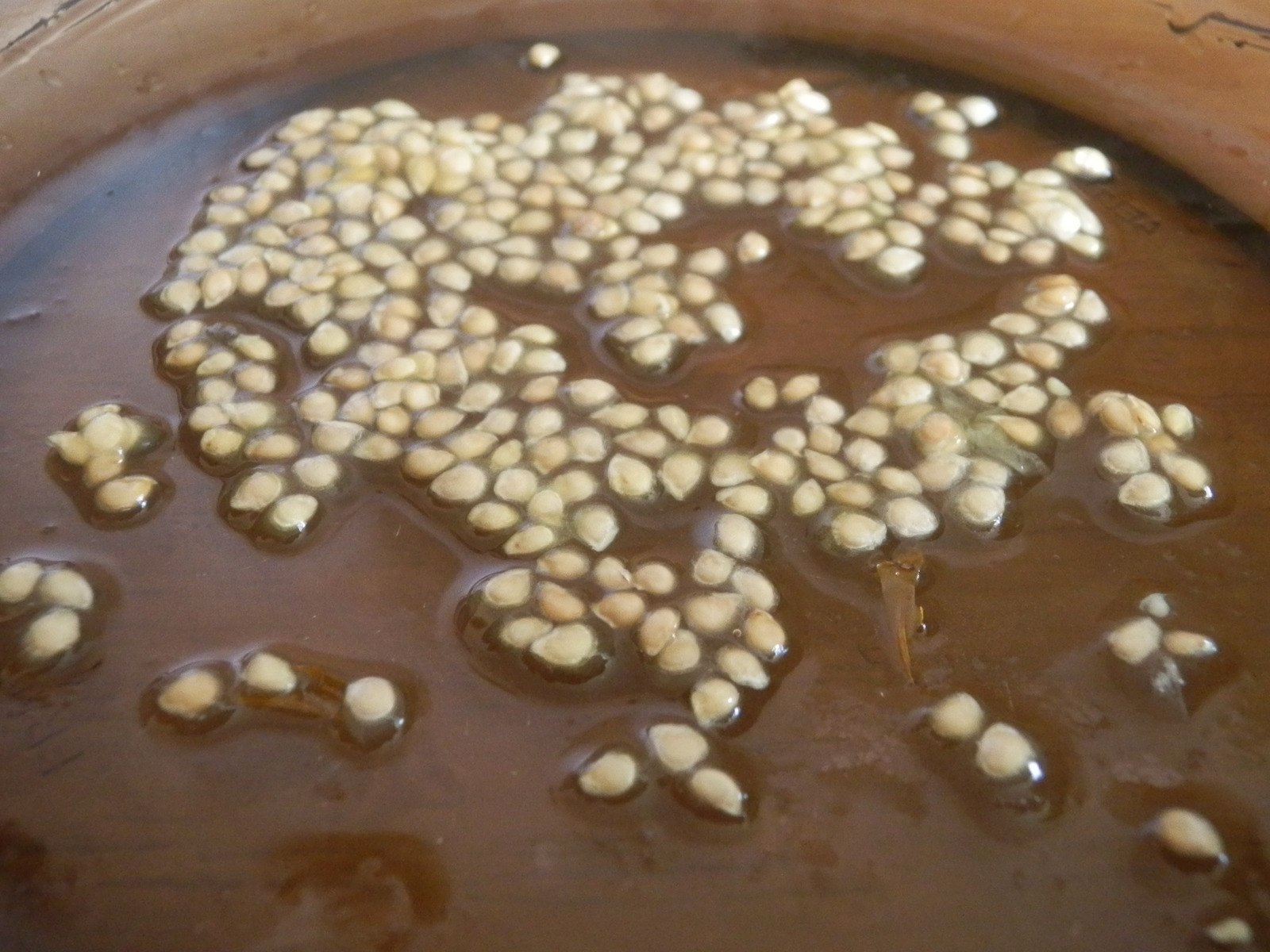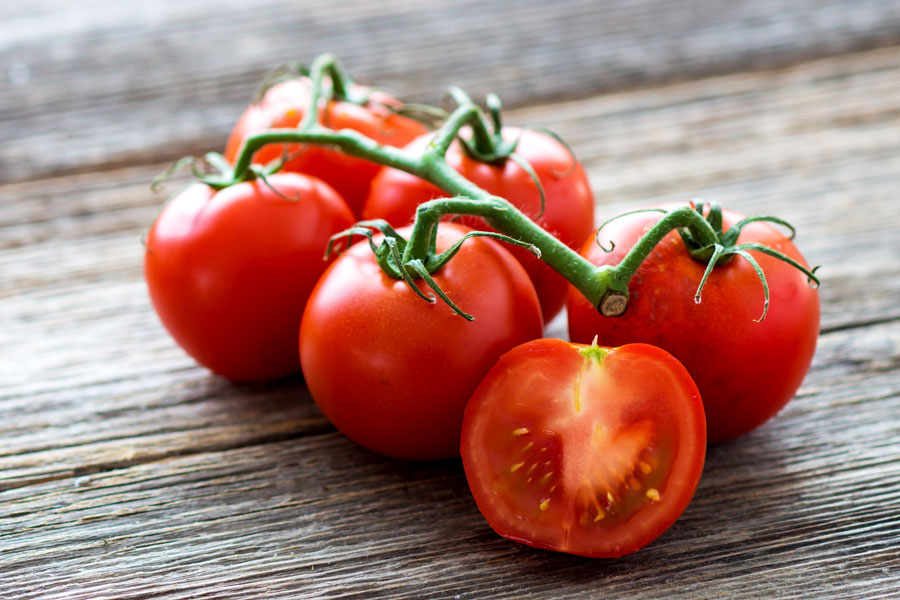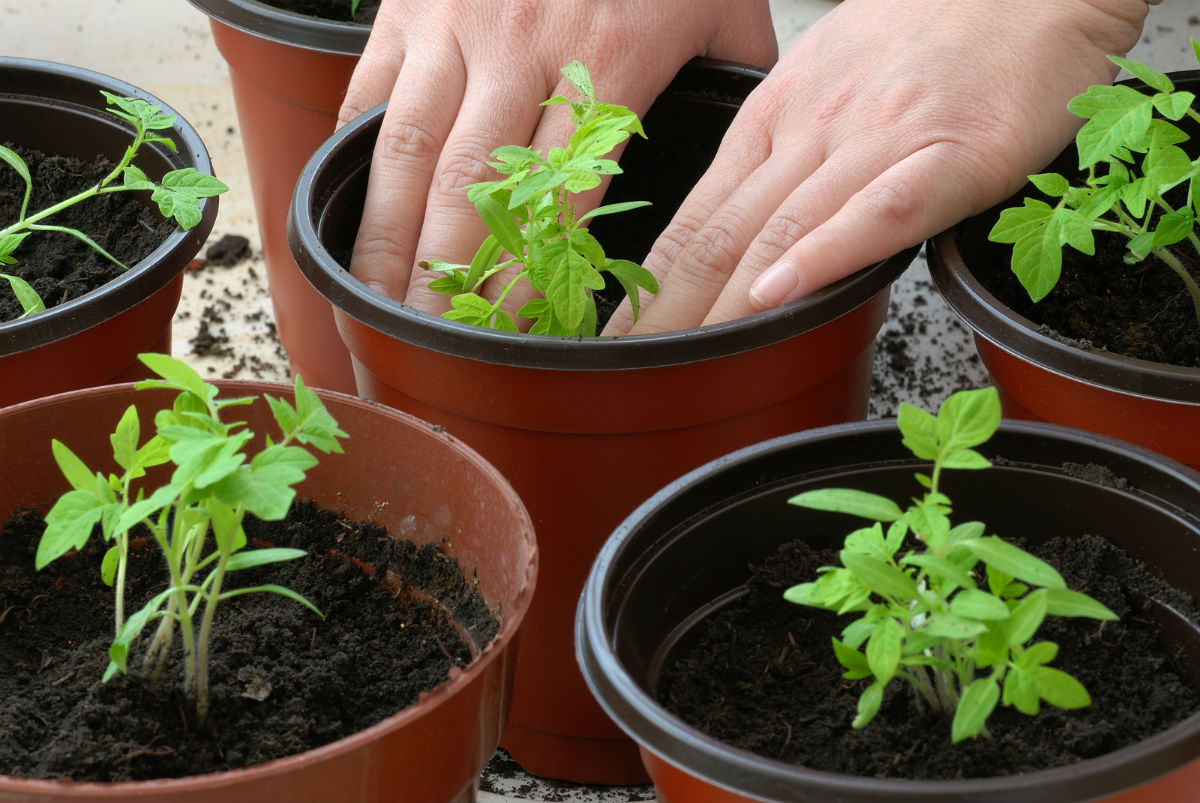Content:
Tomatoes are often grown as seedlings, there are varieties of fast growth that can be sown directly into the holes on the site. The culture loves warmth, moderate watering and feeding. Bushes with good development build up green mass, they need pinching in order to direct their vitality to the formation and ripening of fruits.
Basic information about culture
There is a lot of trouble with tomatoes, the gardener will have to be patient until the harvest. A decrease in night temperatures below a comfortable level for tomatoes can lead to disease and plant death. In the climatic conditions of the middle zone of the country, tomatoes are grown in greenhouses or under film shelters. With the proliferation of polycarbonate greenhouses and greenhouses, many residents of the Moscow region are growing tomatoes.
These constructs:
- comfortable in structure, the ventilation system is easily adjusted, which is very important for a healthy growing season of tomatoes;
- more sunlight comes to tomatoes, and this is the main condition for their development.
At the dacha, they tend to plant early varieties of tomatoes with a ripening period of 65-85 days. Such varieties are usually of a determinant type. In the southern regions, late tomatoes are also grown in open ground, which ripen by September.
- In determinate tomatoes, the stem stops growing when the fourth or fifth fruit cluster is formed in the form of inflorescences. Super-early standard tomatoes of modern breeding do not create stepchildren, but most other varieties must be formed and tied up. Traditionally, these varieties are grown outdoors. In the greenhouse - as thickeners for tall tomatoes. They are also popular in the heated greenhouses of the northern regions.
- Indeterminate tomatoes can grow at a temperature convenient for the crop for more than a year and create up to fifty fruitful clusters. They require pinching, garters, brush formation and the whole plant. Grown in greenhouses or in the southern regions in the gardens. Fruiting until October.
Ripe tomato fruits, depending on the variety, are of different sizes and colors: from greenish striped, yellow, orange, pink, brown, dark purple to the usual red.
How to grow a good harvest of tomatoes
Tomatoes require close attention from the moment the seeds are sown. When planning how to grow a good harvest of tomatoes, gardeners think over the composition of the substrate for seedlings, ways to maintain the required temperature and other subtleties.
How to prepare the ground
If you are going to grow tomato seedlings, they buy special soil or prepare it themselves in the fall. There are several options for the soil mixture:
- 6 parts of peat, 3 - humus, 1 - river sand;
- 7 parts of peat, part of sod or garden land and 0.5 parts of sawdust;
- 3 parts of peat, 1 - humus, 0.5 parts each mullein and sawdust;
- They also take ordinary garden soil instead of peat, mixing humus, sand or old sawdust for looseness;
- Mineral complexes, wood ash are added immediately before sowing.
Sowing and caring for seedlings
Tomato seeds are sown into a substrate that has already warmed up to room temperature to a depth of 1-1.5 cm. Before sowing, untreated tomato seeds are placed in turn in a solution of potassium permanganate for disinfection, and then into a solution of some nutrient.
The dried grains are ready for sowing. The container is covered with glass or foil and kept in a warm place where the temperature does not drop below 22 ° C. After a week, the first sprouts of tomatoes appear, and then the container should be placed in a room colder for 6-7 days - 18 ° C so that the sprouts do not stretch out and do not weaken.
The grown and matured seedlings are again placed in the warmth, where they develop. When real leaves appear, tomatoes dive, guided by a step-by-step description:
- carefully remove from the substrate with a spatula;
- tear off 1-1.5 cm of the central spine;
- planted in a prepared pot.
If the sowing was carried out in cups, the strongest plant is left, the rest are removed. Tomato seedlings are watered sparingly, fertilized with complex preparations 2 weeks after diving. Grown young tomatoes are kept in the recommended thermal regime: up to 22 ° C during the day and 16 ° C at night.
Before planting in open ground, after 40-50 days, the tomatoes are hardened, taking them out into the shade outside, first for an hour and a half. Then the time spent in the fresh air is increased. In different regions, tomatoes are planted in vegetable gardens from May to mid-June, when the threat of return frosts passes.
How to care for tomatoes in a greenhouse
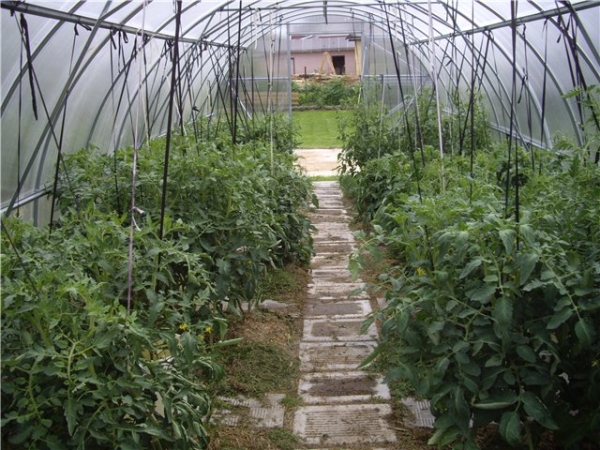
Humidity should be no higher than 70%, otherwise tomato diseases and pests - aphids and whiteflies - are possible.
Before starting to cultivate tomatoes in a greenhouse, carefully prepare its soil and ventilation system. The seedlings are moved at the end of April, in May, regularly watered and fed, form tall varieties of tomatoes and tie up the plants.
Water until the ovaries appear every other day, and then, in hot weather, every day.
After watering, the ground is loosened and the tomatoes are piled up.
Tomatoes are grown at night temperatures of at least 15 ° C. During the day they need warmth up to 24-28 ° C.
Humidity should be no higher than 70%, otherwise tomato diseases and pests - aphids and whiteflies - are possible.
After watering, the room is ventilated.
Tomatoes are fed every 2-3 weeks, using complex fertilizers for convenience. Using organic matter, they adhere to the standards of solutions. Mullein is bred with 5-6 parts of water, chicken droppings - 12-15.
When planning how to grow good tomatoes in a greenhouse, care includes removing stepchildren 16-22 days after planting: they tear off shoots 5-7 cm in the leaf axils.
How to grow tomatoes with stepchildren's digging
Stepson's trunks without inflorescences can be full-fledged future tomatoes. You can take cuttings up to 10 cm long. Put the branches in cups of water, adding any rooting agent. With the appearance of shoots of 0.5-0.6 cm, the tomato stalk should be planted in a hole, watered for 3-4 days, then mulched. Rooting occurs in 7-10 days. Fruits will appear one month later than on the mother plant.
Tomatoes in the garden
The best precursors for tomatoes, except for siderates, are legumes, melons, cabbage, onions, cucumbers.When cultivating in open ground, the main condition is the spacious placement of tomato bushes according to the 50 × 50 cm scheme. The soil is mulched so that moisture remains longer. One of the subtleties of how to get a good harvest of tomatoes in the garden is their 2-3-time feeding with organic matter or mineral fertilizers:
- After 15-16 days after planting, give ammonium nitrate (10 g) and superphosphate (15 g), per 1 square meter;
- At the beginning of fruit formation, 5-10 g of ammonium nitrate and 15 g of potassium sulfate;
- Foliar feeding of tomatoes with superphosphate in the bud phase and the beginning of flowering contributes to the formation of more ovaries.
How to grow tomatoes without seedlings
Varieties of early determinant tomatoes (Gnome, Snow Maiden, Cameo, Rosinka, Groot and others) can be grown in a seedless way. It is better to sow seeds in holes, over which a small cover made of film or agrotextile is stretched. The protection is removed when the plants have formed, by the middle of summer. The preferred option is to grow a tomato in high beds. In the conditions of the middle lane, the tomatoes will be warmed from below and will be protected from atmospheric phenomena. Gardeners, studying the secrets of growing tomatoes, cover the soil with lutrasil in the spring and sow seeds in the holes in April and May.
The developed root system of plants allows them to be watered less often - once every 7 days. Top dressing, pinching and garters are carried out as usual.
How to grow bags of tomatoes
The new technology allows you to grow tomatoes without fear of losing plants in case of frost. Growing tomatoes in bags allows you to bring them indoors at night if you provide them with handles or place them on a mobile platform. Placing seedlings in a bag, they plant it, as it were, in a large container. You can grow standard high-yield tomatoes in bags, which give 2 kg of fruit.
Common white polypropylene bags with a mesh structure are convenient, from where excess water can be easily removed when watering. Place one seedling per bag. When growing tomatoes in bags, the classic method of irrigation, soil care, top dressing, pinching and tying is used.
How to use Kornevin
To achieve a good harvest, Kornevin is used for tomato seedlings. The biostimulant promotes faster rooting and development of the root system. For a seedling take 50-60 ml of a solution prepared according to the instructions. Water at planting and after 20 days. With the help of the drug, the stepsons are rooted.
How to use Tomaton
The use of the Tomaton preparation helps to increase the crop yield, which contributes to the abundant creation of ovaries. This is a good choice if the plants are grown under unfavorable conditions, during heat, rain or cold snaps. The active substance of the drug regulates the flow of nutrition to the ovaries, and not to the stepsons and branches. The instructions for the use of Tomaton indicate that the harvest is 30% higher than usual.
Protection against diseases and pests
Tomatoes are a primordially southern crop that often suffer in our latitudes from fungal, bacterial and viral diseases caused by wet and cool weather. For prophylaxis, after planting in open ground, tomatoes are treated with Bordeaux liquid, drugs such as Ridomil Gold, Oxykh and other fungicides. Spraying prevents the development of late blight, gray rot, brown spot and other infections that are possible with thickened plantings and prolonged cloudy wet weather.
Spores and viruses are spread by insects - aphids and whiteflies, which must also be controlled with insecticides. Infusions of soap, wood ash and wormwood are also used against pests.Seedlings of young tomatoes are often spoiled by a bear, which must be destroyed before planting the plants in the ground. Worm caterpillars damage leaves and fruits if taken inside.
From folk experience
A rich harvest of tomatoes is grown using the secrets of summer residents.
- Hilling the stems when pimples appear below - the rudiments of future roots;
- Spraying with boric acid solution - 10 g per bucket of water;
- Mulching;
- Foliar dressing to improve the processes of photosynthesis with potassium permanganate, which was freely available in the Soviet period, - 2 g per bucket of water;
- Watering at the root with 1 liter of yeast solution: 100 g of yeast and sugar are mixed in 3 liters of warm water, and 200 ml of infusion is diluted in 10 liters of water.
Tomatoes are worth growing. Although this culture is capricious, it bears delicious fruits. Minimal care will provide the family table with vitamin products.
